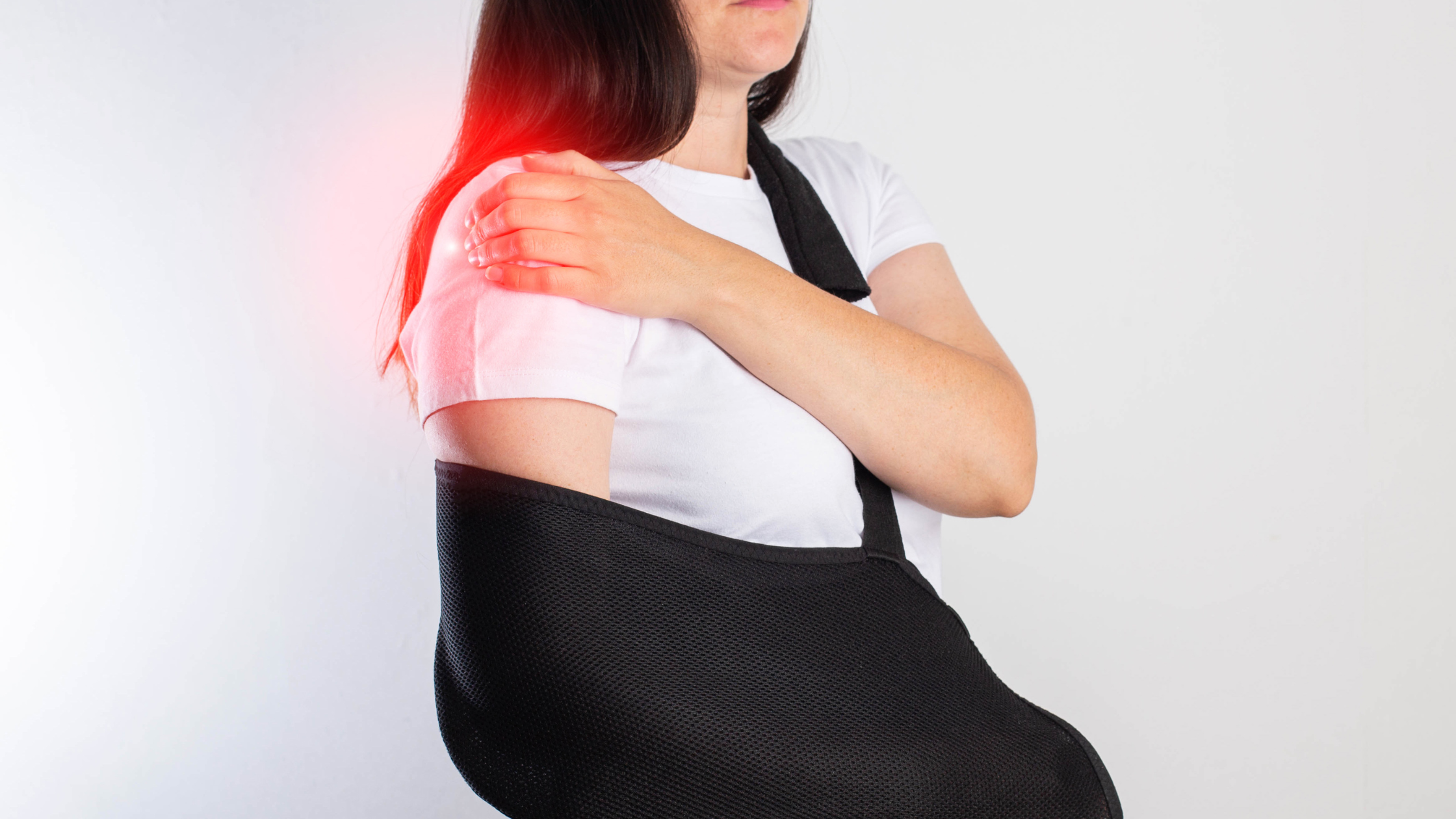
Shoulder Dislocation: Causes, Symptoms, and Treatment Options
Shoulder dislocation is a common injury when the upper arm bone pops out of the shoulder joint. It can be a painful and debilitating condition, affecting individuals of all ages and activity levels. Understanding the causes, symptoms, and treatment options for shoulder dislocation is crucial for properly managing and preventing future occurrences. The shoulder joint is a complex and highly mobile joint that allows for a wide range of motion. It is formed by the humerus (upper arm bone), scapula (shoulder blade), and clavicle (collarbone). The head of the humerus fits into a shallow socket in the scapula called the glenoid. Ligaments, tendons, and muscles surround the joint, providing stability and support. Shoulder dislocation occurs when the humerus is forced out of its socket. This can happen due to a sudden impact or trauma, such as a fall, sports injury, or car accident. The force applied to the shoulder joint overwhelms the surrounding structures, causing the humerus to come out of its normal position. Shoulder dislocations can occur for various reasons, but there are some common causes that are frequently seen. One of the leading causes is sports-related injuries, particularly contact sports like football, rugby, and wrestling. These activities involve high-impact collisions and falls, putting the shoulder joint at risk of dislocation. Another common cause is falls, especially onto an outstretched arm. When a person falls and lands on their extended arm, the impact can force the humerus out of the socket. This is often seen in elderly individuals who may have weaker bones and muscles, making them more susceptible to dislocations. Additionally, individuals with certain medical conditions, such as hypermobility or joint laxity, may be more prone to shoulder dislocations. These conditions cause increased flexibility in the joints, making them less stable and more susceptible to dislocation. The signs and symptoms of shoulder dislocation can vary depending on the severity of the injury. Some common indicators include intense pain, swelling, and bruising around the shoulder joint. The affected individual may also experience limited range of motion and difficulty moving the arm. In some cases, a visible deformity or bulge may be present, indicating that the humerus has dislocated from the joint. This can be a distressing sight, and immediate medical attention should be sought to properly relocate the shoulder. It is important to note that a shoulder dislocation may also cause nerve or blood vessel damage, which can lead to additional symptoms such as numbness, tingling, or weakness in the arm or hand. These symptoms should be taken seriously and evaluated by a healthcare professional. The treatment approach for shoulder dislocation depends on various factors, including the severity of the injury, the individual's overall health, and their activity level. In most cases, the primary goal of treatment is to reduce the dislocation and restore the shoulder joint to its normal position. This is typically done through a procedure called closed reduction, where a healthcare professional manually manipulates the humerus back into the socket. This procedure is often performed under anesthesia to minimize pain and discomfort. Following the reduction, the shoulder may be immobilized with a sling or brace to allow for healing and reduce the risk of reinjury. Physical therapy is often recommended to help restore strength, flexibility, and range of motion to the shoulder joint. In some cases, surgical intervention may be necessary, especially if there are associated fractures, recurrent dislocations, or significant ligament damage. Surgery aims to repair damaged structures and provide long-term stability to the shoulder joint. Preventing future shoulder dislocations is possible through various measures. Firstly, individuals participating in sports or activities with a high risk of shoulder injuries should wear appropriate protective gear, such as shoulder pads or braces. This can help absorb impact and reduce the likelihood of dislocation. Maintaining strong and balanced shoulder muscles is also crucial for joint stability. Regular exercise and strength training focused on the shoulders can help improve muscle strength and control, reducing the risk of dislocations. Additionally, individuals with a history of shoulder dislocation should be cautious and avoid activities that put excessive strain on the shoulder joint. Listening to the body's signals and avoiding overexertion can go a long way in preventing future injuries. Living with a shoulder dislocation Living with a shoulder dislocation can be challenging, but with proper diagnosis, treatment, and rehabilitation, individuals can regain function and return to their normal activities. It is important to seek medical attention promptly if a shoulder dislocation is suspected to prevent further complications and ensure the best possible outcome. By understanding the causes, symptoms, and treatment options for shoulder dislocation, individuals can take proactive steps to prevent future occurrences and maintain optimal shoulder health. Whether through protective measures, strengthening exercises, or lifestyle modifications, it is possible to reduce the risk of shoulder dislocation and enjoy an active and pain-free life. If you suspect a shoulder dislocation or have experienced one in the past, consult with a healthcare professional for a proper diagnosis and personalized treatment plan. Remember, early intervention is key to successful recovery and long-term shoulder health.Understanding the shoulder joint and how it can be dislocated
Common causes of shoulder dislocation
Signs and symptoms of shoulder dislocation
Treatment options for shoulder dislocation
Preventing future shoulder dislocations
Quick Links
Schedule an Appointment
* indicates a required field.
